Did you know Qatar ranks among the top five nations for political influence in the Middle East, yet its nuanced politics are often misunderstood or oversimplified by international media?This article exposes the most costly oversight in qatar politics coverage and why it matters more than ever. Behind the glittering skyline of Doha and the nation’s outsized global impact lies a complex tapestry of leadership, reforms, and intricate diplomacy—too often lost in translation. Let’s unveil the hidden dynamics behind the headlines and reveal actionable strategies to avoid common reporting mishaps on this powerful Gulf nation.

Unveiling the Realities of Qatar Politics: A Startling Insight
- Did you know Qatar ranks among the top five nations for political influence in the Middle East, yet its nuanced politics are often misunderstood or oversimplified by international media? This article exposes the most costly oversight in qatar politics coverage and why it matters more than ever.
Qatar’s political landscape is a subject of fascination and frequent debate—from its towering role in Middle East mediation, its ties with the White House and advocacy groups, to its unique blend of monarchy and modern policymaking. One major mistake that permeates international coverage of qatar politics is the tendency to view the nation’s governance as a monolith, often assuming an iron grip by the Al Thani family without recognizing internal dynamics, the pivotal role of reform, and the fluctuating influence of key leaders like Sheikh Tamim bin Hamad Al Thani and the current prime minister. Accurately reporting on these nuances isn’t just about getting the names right—misinterpretation can deeply impact global perceptions, policy decisions, and even peace negotiations in fraught regions like Gaza City and the West Bank.
Most crucial, the consequences of missing context in qatar politics extend far beyond headlines: they can inadvertently distort international law debates, the recognition of Palestinian statehood, and the understanding of major end games in the war in Gaza and the broader Middle East. This article will peel back the layers, equipping readers and journalists with the context needed to see beyond common misconceptions and cover Qatar’s politics with accuracy—and influence.
What You Need to Know Before Covering Qatar Politics
- Essential background facts and context on qatar politics
- Key historical shifts involving Hamad Al Thani and Tamim bin Hamad Al Thani
Before attempting to explain or analyze qatar politics, it’s essential to understand its unique governance system. Unlike purely hereditary monarchies or typical Western-style republics, Qatar blends traditional leadership under the Al Thani dynasty with modern statecraft and evolving parliamentary structures. The leadership lineage—tracing from Hamad Al Thani to current Emir Tamim bin Hamad Al Thani—is especially significant. Each transition has marked bold political shifts, from transforming Qatar’s international image to pioneering diplomatic efforts in the Gaza Strip and reshaping relations with major global players including the White House, the European Union, and regional advocacy groups.
Another layer often missed in reporting is the ever-evolving role of the prime minister—a key political actor responsible for cabinet dynamics and everyday governance. This figure, frequently overshadowed by the Emir, is pivotal in ensuring stability and running the security cabinet, particularly during moments of geopolitical crisis such as tensions in Gaza City. When thinking about historical context, journalists must consider how Qatar’s policy on Palestinian statehood, its approach to breaches of international law, and its pragmatic ties with Israeli and international officials have all created a political puzzle misread by outsiders. Accurate coverage demands understanding both the visible and hidden moves by Qatari leadership.
How One Mistake in Qatar Politics Coverage Can Derail Understanding
- Common misconceptions about Sheikh Tamim bin Hamad and the prime minister
- Examples of coverage errors and their real-world consequences
The most frequent error in qatar politics coverage is simplifying Sheikh Tamim bin Hamad Al Thani’s position or ignoring the multifaceted responsibilities of the prime minister. International outlets sometimes attribute reforms or security cabinet decisions wholesale to the Emir, without investigating the backroom negotiations led by the prime minister or other influential Al Thani figures. Such misreporting can mislead advocacy groups, foreign governments, and the public about how crucial decisions—like support for Palestinian statehood or responses to the war in Gaza—are made.
For example, confusing the roles of Sheikh Tamim bin Hamad and the prime minister can wrongly attribute internal cabinet debates or security policy to a single leader rather than a governing team. During pivotal periods such as the blockade by Gulf neighbors or during escalation in Gaza City, this misunderstanding results in flawed diplomatic responses and flawed news cycles influencing White House and European Union stances. Coverage errors have even contributed to allegations of Qatar breaching international law or acting at odds with Palestinian ambitions, thus reinforcing stereotypes rather than elucidating realities.
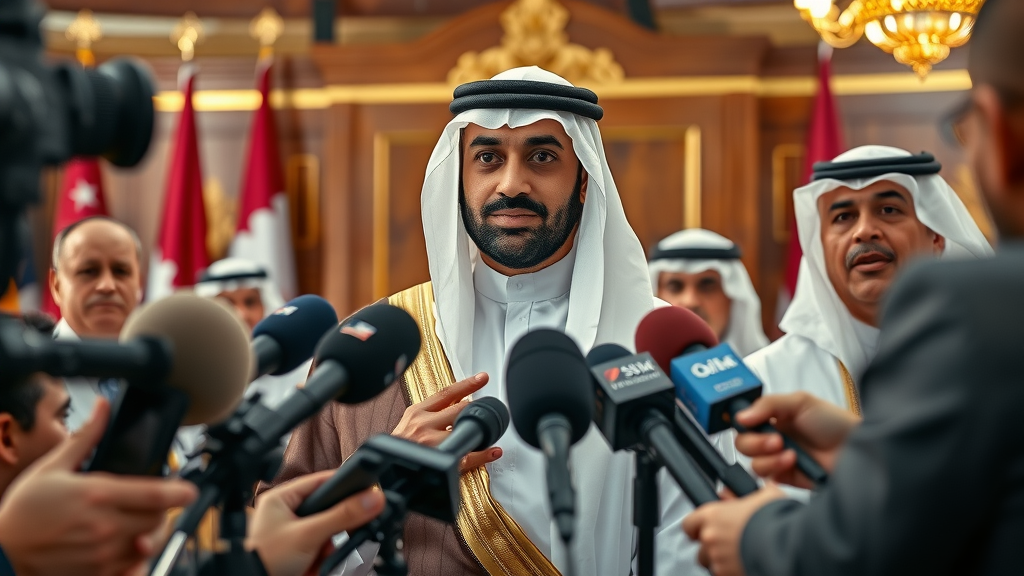
Analyzing International Media Narratives on Qatar Politics
- How Western portrayals, especially from the White House, shape the image of Qatar politics
- Overlooked factors regarding Al Thani leadership and decision-making processes
Western media’s framing of qatar politics—often filtered through the lens of White House priorities—frequently misses the nuances of leadership deliberation and the spectrum of influences within the Al Thani dynasty. The White House’s focus on energy policy, security cabinet meetings, and regional alignments, especially during administrations as different as Barack Obama’s and Donald Trump’s, have led to conflicting characterizations of both Sheikh Tamim bin Hamad Al Thani and key figures like prime minister Benjamin Netanyahu (in relation to security collaboration or disputes over Gaza Strip operations). These narratives can overshadow important reforms taking place within Qatar or misrepresent its intentions regarding Palestinian statehood and international law.
Additionally, international coverage habitually overlooks internal factors such as how cabinet shifts, the appointment of technocratic ministers, and back-channel diplomacy shape policy. Reports that ignore these factors—such as the ongoing legislative discussions about labor reforms or the end game in Middle East peace processes—miss the true depth of Qatar’s political calculus. This deprives readers and decision-makers worldwide of a thorough understanding of the Al Thani family’s careful equilibrium between tradition and progress.
Sheikh Tamim bin Hamad Al Thani’s Vision: Crucial for Accurate Qatar Politics Coverage
- Profile: Sheikh Tamim bin Hamad’s rise and influence
- Policy directions under Tamim bin Hamad Al Thani that are reshaping Qatar politics
To truly grasp modern qatar politics, one must profile the ascent of Sheikh Tamim bin Hamad Al Thani. Ascending the throne in 2013 after the abdication of his father Hamad Al Thani, Sheikh Tamim brought a generational shift to the political sphere. He has balanced tradition with progressive ambition, navigating intra-Gulf rifts, making labor reforms, and reshaping the country’s relationship with both Western and regional powers. These policies are reflected in Qatar’s vocal stance on Palestinian statehood, its mediation efforts in the war in Gaza, and strengthening ties with key actors like the White House, even when pressures mount from conflict zones including Gaza City and the West Bank.
One of the distinct features of Sheikh Tamim bin Hamad Al Thani’s leadership is his firm commitment to advancing Qatar’s international role—while ensuring the country’s diplomatic strategy aligns with long-term reforms at home and abroad. Under his governance, reforms have tackled human rights challenges, initiated cabinet modernization, and transformed international perceptions. Each of these moves has left a profound mark on how Qatar is understood globally. Yet, coverage too often glosses over these complexities, failing to link visible policy outcomes to long-term strategic vision.
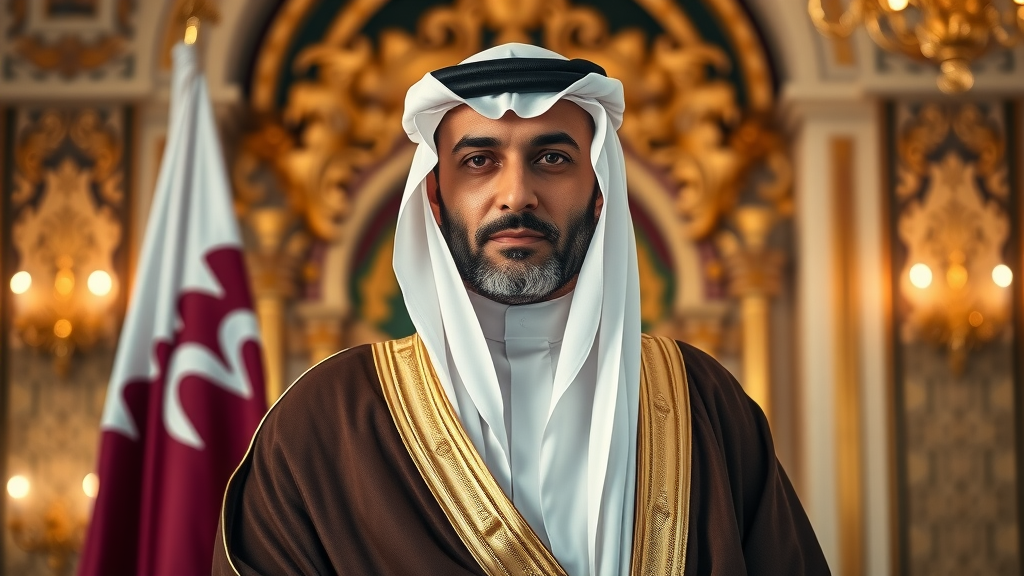
Prime Minister’s Role in Shaping Qatar Politics
- Analyzing the role of the prime minister in Al Thani governance
- Recent policy impacts and cabinet shifts involving bin Hamad Al Thani
The prime minister in qatar politics is not simply an administrator or background figure. While the Emir sets the overarching strategy, the prime minister is often the one steering key policy implementation, maintaining delicate relationships with advocacy groups, and managing responses to dynamic events—such as escalating conflict in Gaza City or negotiating with Western security cabinet members. This role becomes especially pronounced during times of cabinet reshuffling or when major reforms—such as those attributed to Tamim bin Hamad Al Thani—require coordinated government action.
Recent years have seen significant policy impacts stemming from changes in the prime ministerial post, with a new emphasis on government accountability and on-the-ground reform. The prime minister’s close working relationship with the Al Thani family, especially the Emir, means he is instrumental in translating vision into reality. The effectiveness of the government’s actions—whether in supporting Palestinian statehood, addressing breaches of international law, or shaping the end game of the war in Gaza—often depends as much on cabinet leadership as it does on the Emir’s intentions.
The Al Thani Dynasty: Legacy and Influence within Qatar Politics
- Historical significance of the Al Thani family
- Connections between Bin Hamad Al Thani, Tamim bin Hamad Al Thani, and current reforms
The Al Thani dynasty is synonymous with the trajectory and resilience of qatar politics. Holding the throne for nearly two centuries, the Al Thani family has weathered colonial challenges, regional disputes, and internal power shifts. They are not a monolithic bloc; rather, the legacy is one of adaptive governance—every ruler, from Hamad Al Thani to the current Emir, has left a distinct mark on how Qatar navigates the world. This adaptability has underpinned the country’s proactive foreign policy, rapid modernization, and complicated relationships with entities like Israel and the White House.
Within this context, understanding the personal and political connections between bin Hamad Al Thani, Tamim bin Hamad Al Thani, and their inner circle is key to decoding the country’s reform efforts. Initiatives like labor policy overhaul, support for Palestinian statehood, and managing the consequences of the war in Gaza all carry the imprint of dynastic strategy—balancing pressures from advocacy groups, foreign powers, and public opinion. As Qatar’s profile on the world stage grows, so does the influence of its royal family’s legacies, both in policy and perception.
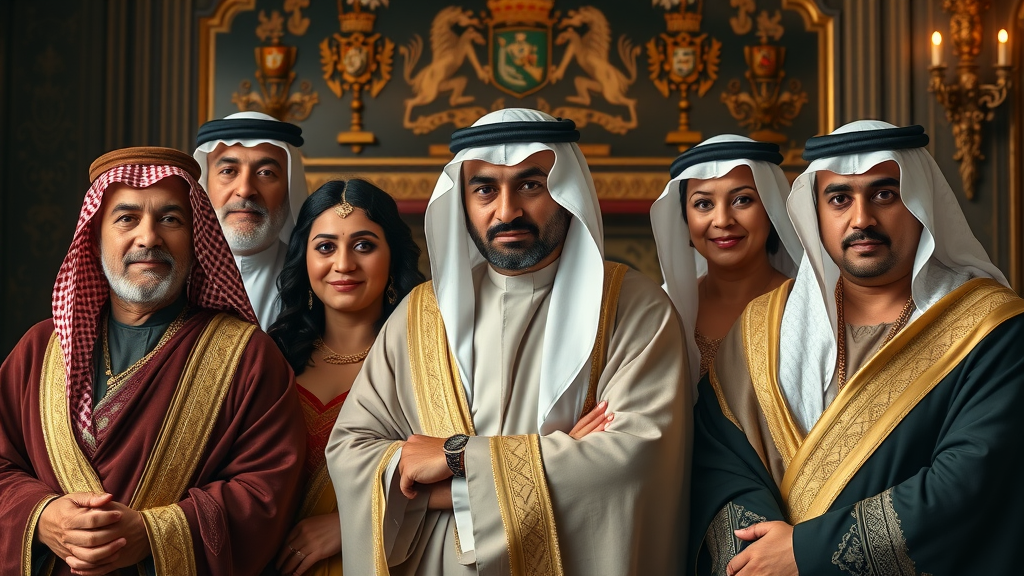
Sheikh Tamim bin Hamad’s Diplomatic Strategy and International Relations
- Key diplomatic relationships, including White House engagements
- How Tamim bin Hamad influences Qatar’s global posture
Sheikh Tamim bin Hamad Al Thani has emerged as a pivotal diplomatic presence—cultivating relationships with the White House, European capitals, regional rivals, and advocacy groups. This diplomatic agility enables Qatar to broker crucial talks (even with Israeli officials and minister Benjamin Netanyahu during times of tension over the Gaza Strip), support humanitarian initiatives in Gaza City or the West Bank, and maintain energy partnerships that anchor its influence. Such moves reinforce the concept that qatar politics is anything but static, with Tamim bin Hamad often acting as the bridge between tradition and transformative internationalism.
These international strategies, from mediating between conflicting Gulf states to advancing durable peace in the Middle East, have elevated Qatar’s status on the world stage. The government’s strong response during international crises, investments in aid for Palestinian statehood, and firm stance against breaches of international law have allowed Sheikh Tamim bin Hamad to shape Qatar’s global posture far beyond its borders. Yet, media coverage often misses how nuanced, risk-aware, and strategic this posture is—resulting in a one-dimensional narrative that belies Qatar’s diplomatic depth.
‘Misreporting Qatar politics doesn’t just skew public perception—it risks fracturing international relationships.’
| Coverage Error | Consequence | Accurate Reporting Outcome |
|---|---|---|
| Attributing all decisions to Emir | Misjudged government priorities; fosters skepticism abroad | Reveals true policy drivers; enables informed diplomacy |
| Ignoring prime minister’s influence | Misunderstanding of cabinet actions and reforms | Illuminates complexity; supports better international law alignment |
| Overlooking internal reforms | Stagnant narratives suggest lack of progress | Recognizes evolving realities and modern governance |
How Journalists Can Avoid Common Qatar Politics Mishaps
- Research best practices when covering the prime minister or tamim bin hamad
- Cross-referencing with verified Al Thani sources
In order to avoid the costly mistakes that have riddled international coverage of qatar politics, journalists need to follow a few essential best practices. First, diligent research is vital when reporting on Sheikh Tamim bin Hamad or the prime minister—this means confirming official government statements and understanding how internal decisions are reached. Journalists should not take narratives at face value, especially those offered by outside parties with potential biases, such as during heightened tensions in Gaza City or when advocacy groups and White House statements clash over policy outcomes.
Second, cross-referencing with verified Al Thani family sources, official government portals, and respected Qatar-based journalists drastically increases the credibility of reports. Given the high stakes—ranging from peace prospects in the West Bank to the risk of international law breaches—using multiple, trustworthy sources provides the depth needed to accurately portray ongoing events. The ability to separate fact from opinion and to contextualize comments by key figures like Sheikh Tamim bin Hamad Al Thani, the prime minister, minister Benjamin Netanyahu, or even advocacy groups is what elevates journalism from superficial to influential.
List of Must-Use Resources When Reporting on Qatar Politics
- Official government portals and verified statements from Sheikh Tamim bin Hamad
- Academic publications on bin Hamad Al Thani and historical context
- Top experts and respected Qatar-based journalists
Every journalist or analyst seeking to cover qatar politics accurately should have a checklist of resources within easy reach. First and foremost is the country’s official government website, which publishes legislation, policy reforms, and communications from Sheikh Tamim bin Hamad and the prime minister. These resources clarify which reforms are underway—such as those related to Palestinian statehood, breaches of international law, and the evolving security cabinet response to conflict in Gaza Strip and Gaza City.
Academic publications and impartial think tank analyses on bin Hamad Al Thani history, the Al Thani legacy, and current political shifts provide critical context often left out of fast-paced news cycles. Pairing this with commentary from respected Qatar-based journalists ensures holistic, grounded, and authentic coverage. When in doubt, expert sources—rather than hearsay—should drive the reporting agenda.
Checklist for Balanced Qatar Politics Coverage
- Confirm the current prime minister and cabinet composition
- Authenticate reforms attributed to Tamim bin Hamad Al Thani
- Monitor policy changes from the White House impacting Qatar
Explainer: Who is Sheikh Tamim bin Hamad Al Thani?
Frequently Asked Questions on Qatar Politics
- What are the major political reforms under Tamim bin Hamad Al Thani?
Since assuming power, Sheikh Tamim bin Hamad Al Thani has initiated labor and constitutional reforms, increased participation of women in public office, and advanced policies aligning with international law. These steps have also fortified the country’s approach to Palestinian statehood, humanitarian work in Gaza City, and diplomatic relationships with the White House and regional security cabinets.
- How does the prime minister influence qatar politics day-to-day?
The prime minister in qatar politics acts as the chief administrator of policy, translating the Emir’s strategy into government action. The prime minister manages the cabinet, oversees crisis response (such as to the war in Gaza), and negotiates directly with entities like the European Union or Israeli officials.
- Who are the key players in Qatar politics beyond Al Thani family members?
Beyond the Al Thani dynasty, top political actors include technocratic cabinet ministers, national security leaders, advocacy group representatives, and respected economists. These individuals play a critical role in shaping reforms, enforcing policy, and mediating complex situations like the humanitarian crisis in the West Bank.

Addressing People Also Ask on Qatar Politics
- [[paa]]
- Detailed answers to each 'People Also Ask' query, providing clarity and credible insights.
When addressing search queries about qatar politics, precision and clarity are essential. For example, understanding the distinction between the current Emir—Sheikh Tamim bin Hamad Al Thani—and the prime minister is crucial for discerning who drives reforms and responses to international developments. Each policy move, from labor reform to international mediation, is a collaborative process led by both these figures and a supportive cabinet, illustrating the intricate web of leadership that defines Qatari governance. Similarly, queries around Palestinian statehood, the influence of the White House, or how advocacy groups interface with Qatar demand answers rooted in fact and context, not speculation. Addressing these questions with depth ensures that public understanding is not derailed by superficial coverage or myths.
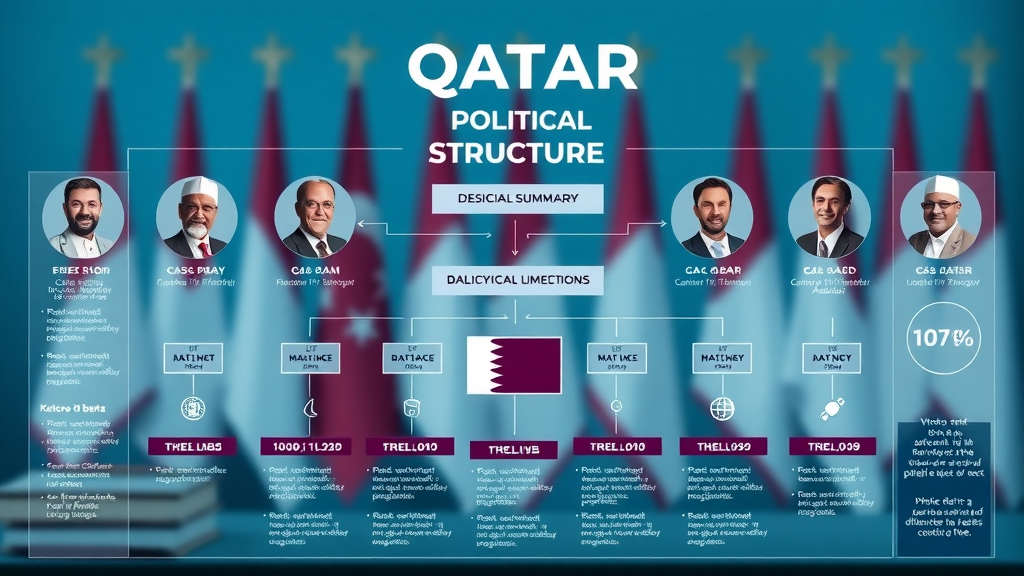
Action Steps: Sharpening Your Coverage of Qatar Politics
- Summing up best practices from the article for future reporting
- Encouragement to use verified sources and avoid costly mistakes
Covering qatar politics requires vigilance, depth, and a commitment to context. Always verify reforms with official sources, cross-check narratives involving the Al Thani family and the prime minister, and scrutinize policy pronouncements—especially during Middle East crises or when White House statements highlight international law debates. Informed reporting doesn’t just avoid costly pitfalls; it empowers audiences and helps shape a more balanced, connected world.
‘An informed media shapes an informed world—don’t let misconceptions about qatar politics control the narrative.’
Understanding the complexities of Qatar’s political landscape is essential for accurate reporting. The article “How did Qatar become the world’s peacemaker?” (theweek.com) provides an in-depth analysis of Qatar’s strategic neutrality and its role in mediating Middle Eastern conflicts, offering valuable insights into the nation’s diplomatic strategies. Additionally, the “Politics of Qatar” (en.wikipedia.org) entry offers a comprehensive overview of the country’s political system, including the roles of the Emir and the Consultative Assembly, which is crucial for understanding the governance structure. For those seeking to enhance their coverage of Qatar’s politics, these resources offer authoritative information to navigate the nation’s intricate political dynamics.
 Add Row
Add Row  Add
Add 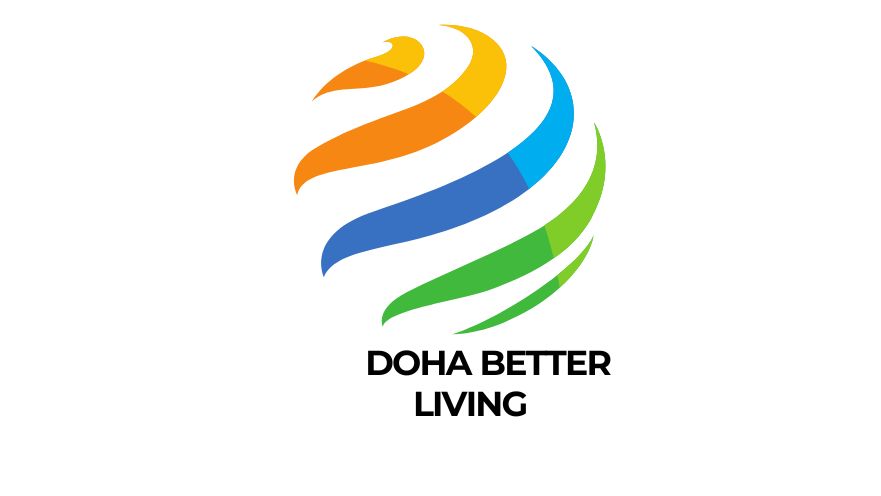
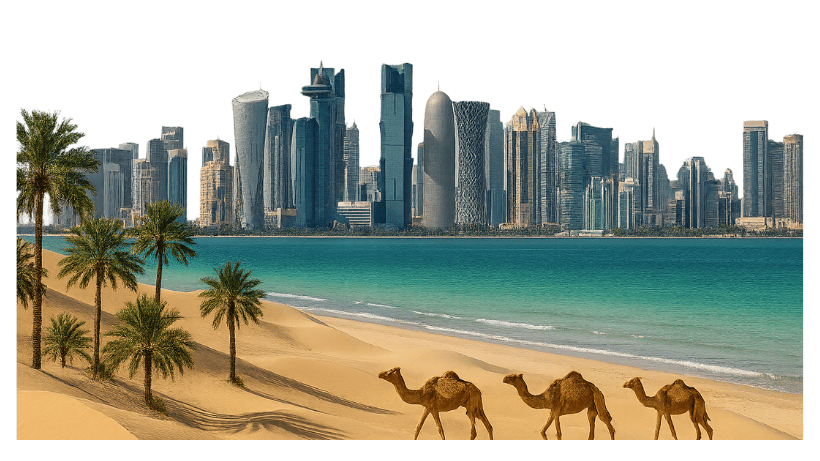
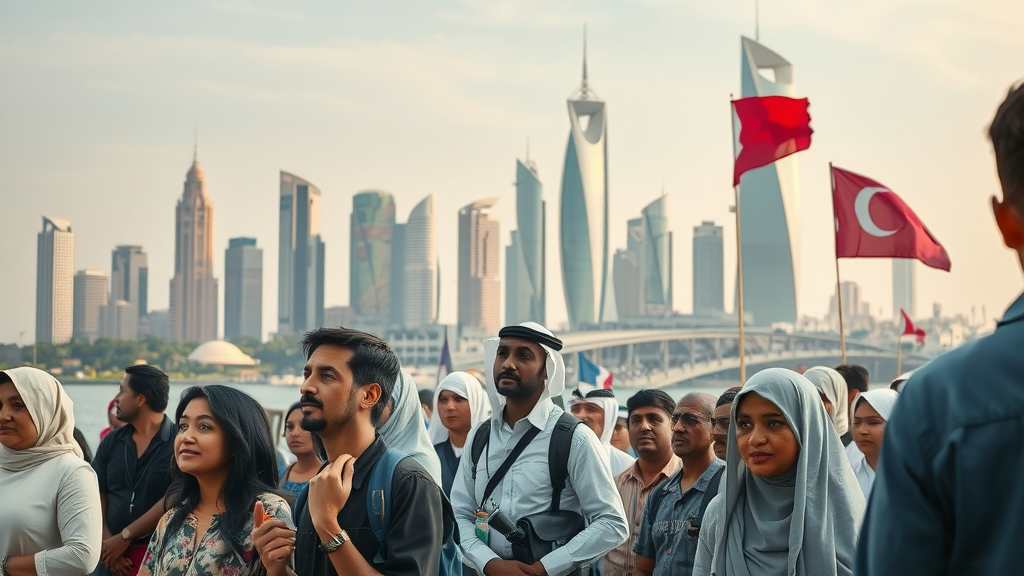


Write A Comment